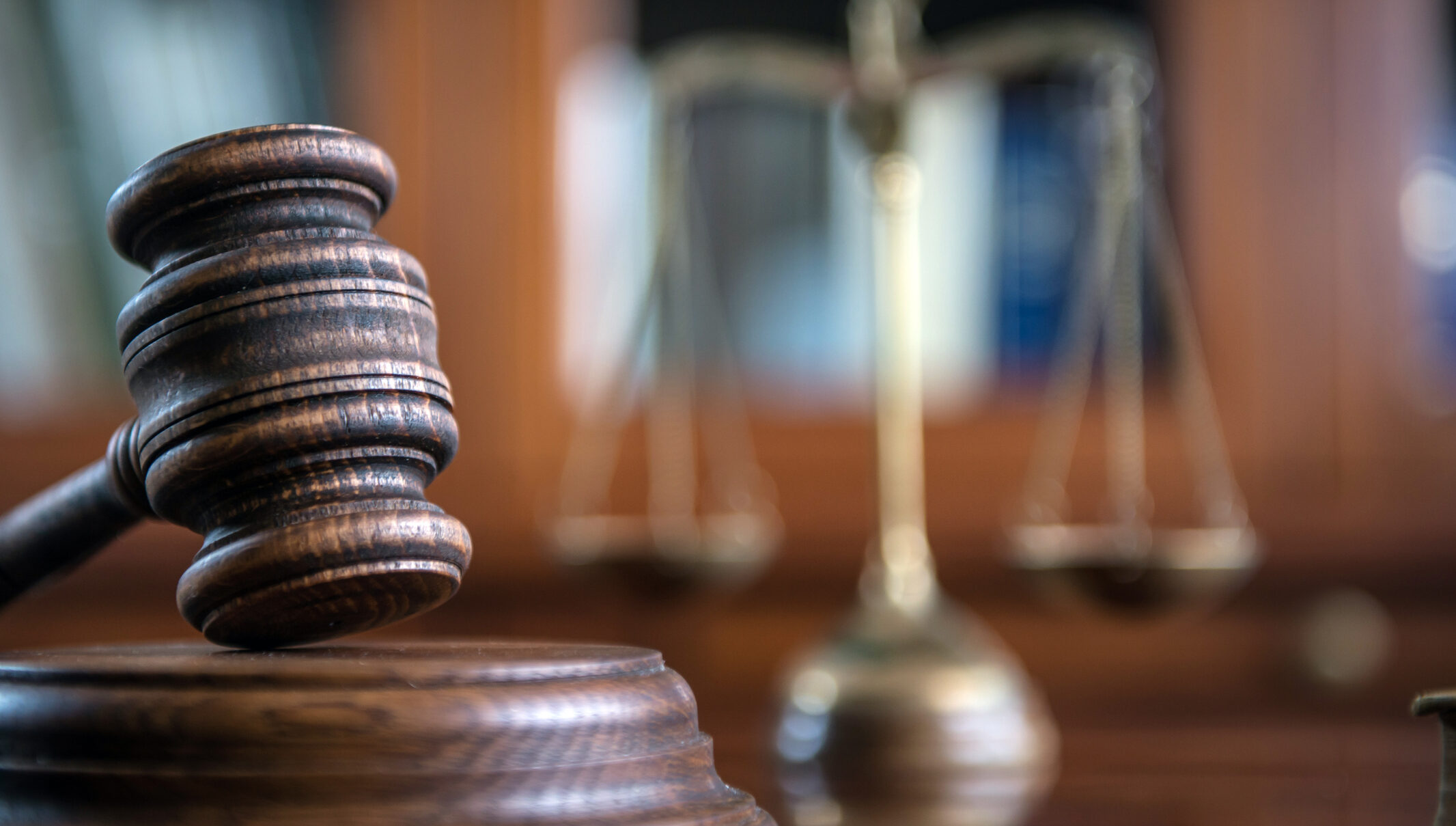 (1) The essence of the plea of guilty in a criminal trial is that the accused,
on arraignment,
admits his guilt freely, voluntarily, and with full knowledge of the
consequences and meaning of his act, and with a clear understanding of the precise nature of the crime or crimes
charged in the complaint or information.
(1) The essence of the plea of guilty in a criminal trial is that the accused,
on arraignment,
admits his guilt freely, voluntarily, and with full knowledge of the
consequences and meaning of his act, and with a clear understanding of the precise nature of the crime or crimes
charged in the complaint or information.(2) Such a plea of guilty, when formally entered on arraignment, is sufficient to sustain a conviction of any offense charged in the information, even a capital offense, without the introduction of further evidence, the defendant having himself supplied the necessary proof.
(3) There is nothing in the law in this jurisdiction which forbids the introduction of evidence as to the guilt of the accused, and the circumstances attendant upon the commission of the crime, after the entry of a plea of "guilty."
(4) Having in mind the danger of the entry of improvident pleas of "guilty" in criminal cases, the prudent and advisable course, especially in cases wherein grave crimes are charged, is to take additional evidence as to the guilt of the accused and the circumstances attendant upon the commission of the crime.
(5) The better practice would indicate that, when practicable, such additional evidence should be sufficient to sustain a judgment of conviction independently of the plea of guilty, or at least to leave no room for reasonable doubt in the mind of either the trial or the appellate court as to the possibility of a misunderstanding on the part of the accused as to the precise nature of the charges to which he pleaded guilty.
(6) Notwithstanding what has been said, it lies in the sound judicial discretion of the trial judge whether he will take evidence or not in any case wherein he is satisfied that a plea of "guilty" has been entered by the accused, with full knowledge of the meaning and consequences of his act.
(7) But in the event that no evidence is taken, the Supreme Court, if called upon to review the proceedings had in the court below, may reverse and send back for a new trial, if, on the whole record, a reasonable doubt arises as to whether the accused did in fact enter the plea of "guilty" with full knowledge of the meaning and consequences of the act.[2]
From the foregoing, it is evident that this jurisdiction places a premium on ensuring that an accused pleading guilty to a grave crime understands his plea and the possible consequences thereof. Further, the Supreme Court expressly recognized the wisdom in receiving evidence in such cases despite the fact that Sec. 31[3] of General Order No. 58[4] contemplated the reception of evidence only in cases where a plea of not guilty has been entered.
The Jamad guidelines became the standard for trial courts when confronted with similar circumstances. It must be noted, however, that the reception of evidence in cases where the accused pleads guilty remained discretionary on the part of the trial court. In fact, convictions solely on the basis of a plea of guilty were upheld by the High Court.[5]
[1] https://www.projectjurisprudence.com/2021/08/gr-no-241257-september-29-2020.html.
[2] U.S. v. Jamad, 37 Phil. 305 (1917).
[3] SECTION 31. The plea of not guilty having been entered, the trial must proceed in the following order:
1. The counsel for the United States must offer evidence in support of the charges.
2. The defendant or his counsel may offer evidence in support of the charges.
3. The parties may then respectively offer rebutting testimony, but rebutting testimony only, unless the court, in furtherance of justice, permit them to offer new and additional evidence bearing upon the main issue in question.
4. When the introduction of testimony shall have been concluded, unless the case is submitted to the court without argument, the counsel for the United States must open the argument, the counsel for the defence must follow, and the counsel for the United States may conclude the same. The argument by either counsel may be oral or written, or partly oral and partly written, but only the written arguments, or such portions of the same as may be in writing shall be preserved in the records of the case.
[4] CODE OF CRIMINAL PROCEDURE OF THE PHILIPPINE ISLANDS, April 23, 1900.
[5] Supra note 1.